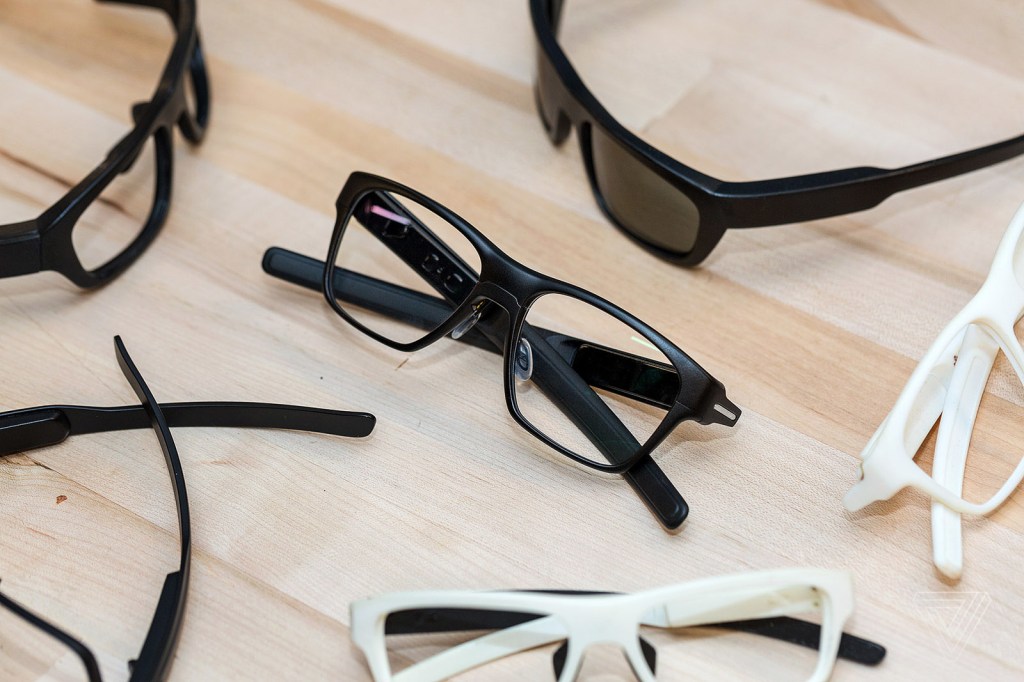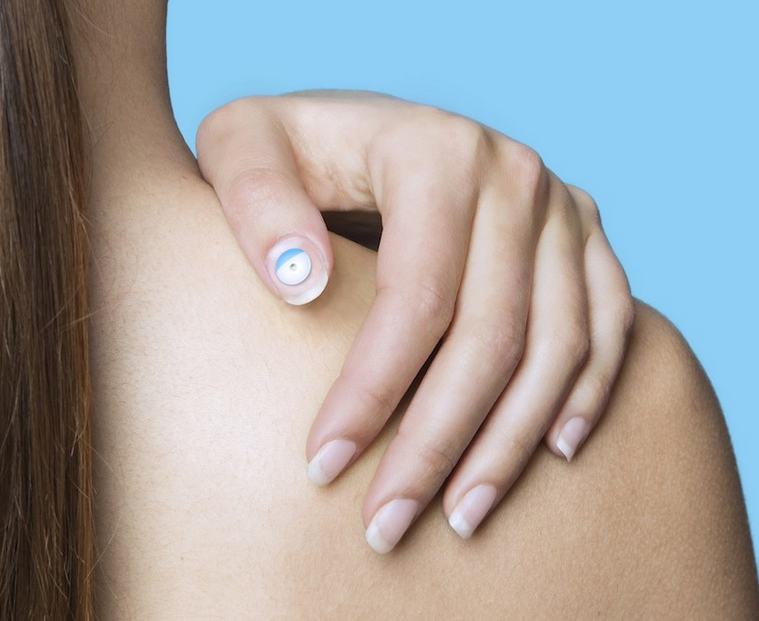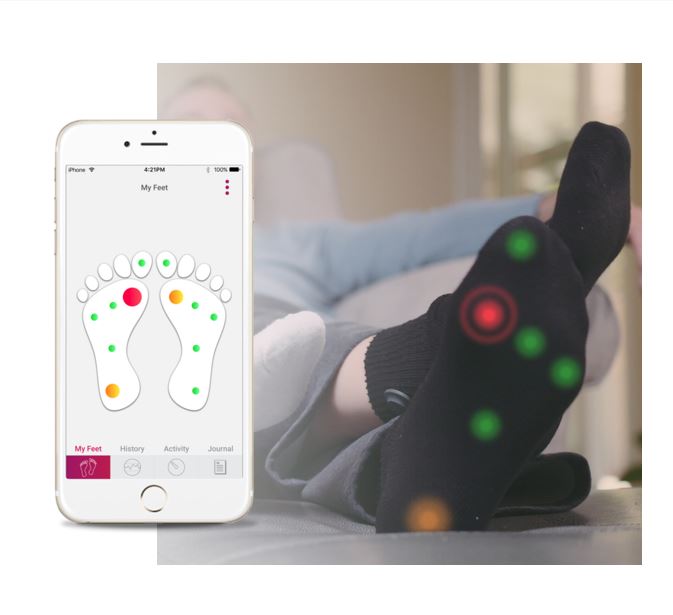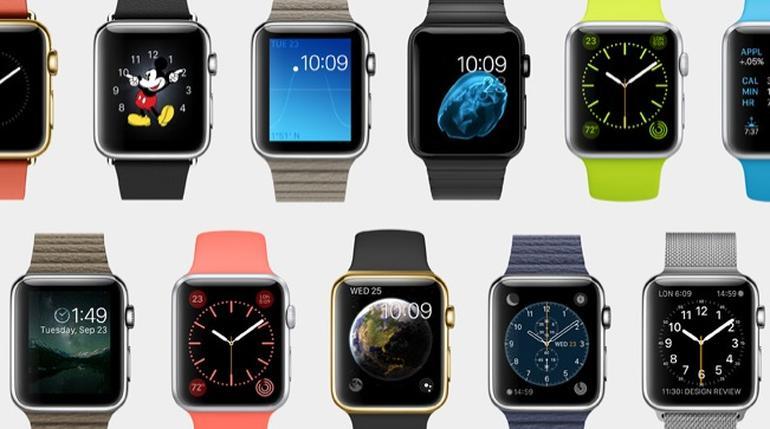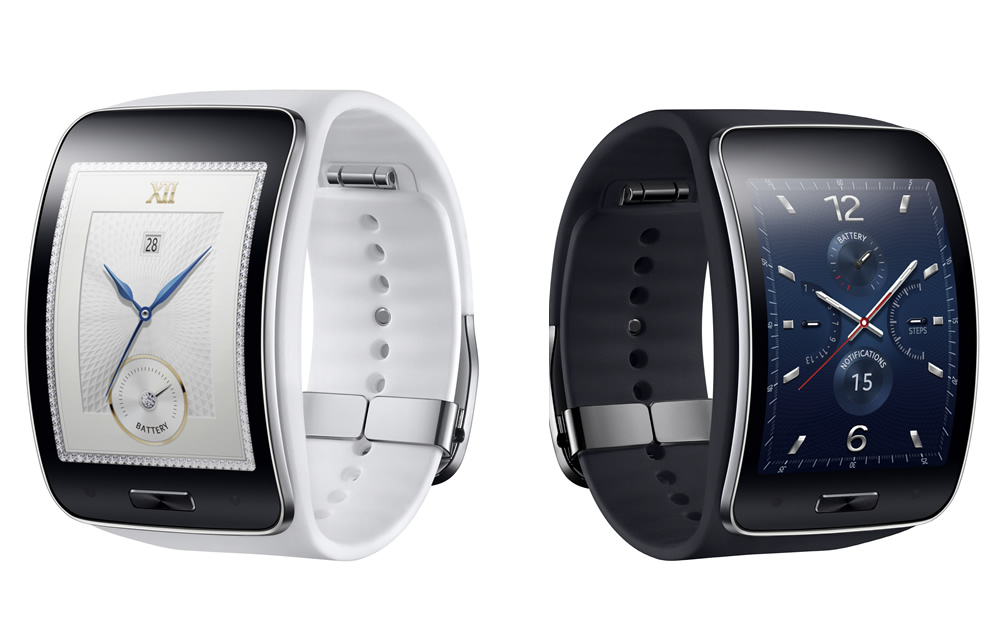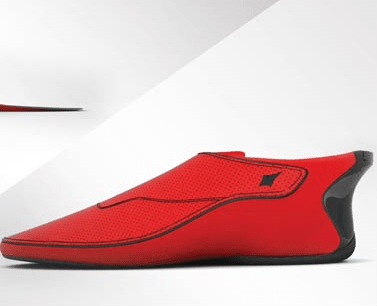Intel’s Vaunt Glasses
Another look at smart eyewear
If you lived through the Google Glass launch and decided that smartglasses are not a device you would use every day, you might consider changing your mind. Intel’s development team has been busy and has something new to share. In an exclusive arrangement with The Verge, Intel showcased the new Vaunt gadget, a piece of […]
